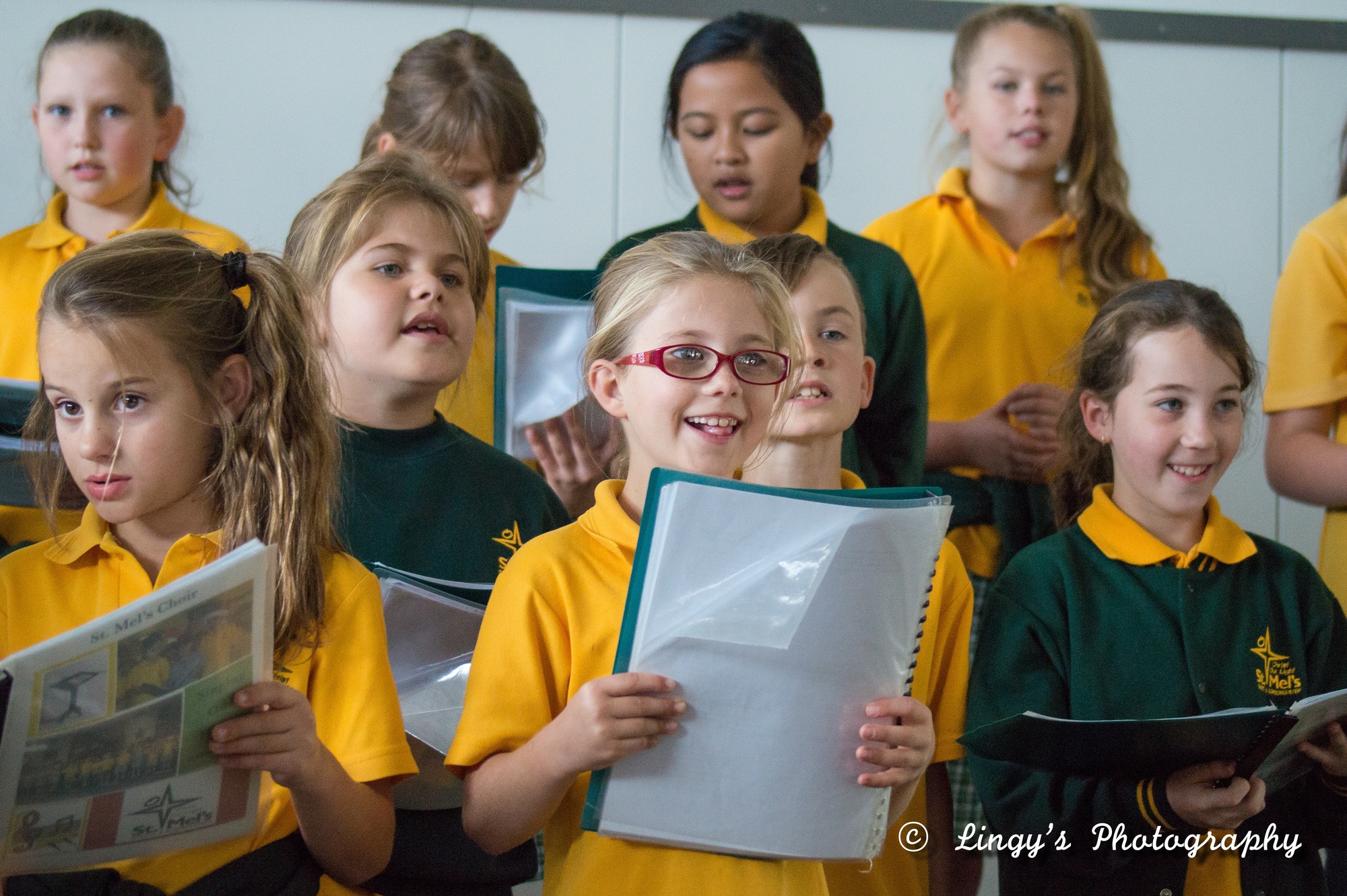
Education – A Right or a Financial Luxury
Education – A Right or a Financial Luxury?
The US government spends $12,201 per student on public education every year. Compare that to the average cost of a four-year public university which is around $47,000. Now consider all of the other costs associated with higher education: rent, food, transportation, and books. The total cost of attending a four-year public university for one year can easily exceed $28,000. Many students are unable to afford this cost on their own and must take out student loans in order to cover the difference.
US public school education is provided by state governments and funded by state and local tax dollars. That means the quality of the public education system varies drastically from state to state and from city to city. Other than that, the financial responsibility for tutoring expenses, supplies, college preparation materials is entirely on the parents. When you crunch the numbers, you see that the annual costs are rather high.
| Elementary/middle school yearly expenses (Kindergarten to grade 8) | Secondary school yearly expenses (Grade 9 to 12) | |
| Tutoring programs | $4,900 | $5,200 |
| Technology | $750 | $750 |
| School supplies | $285 | $280 |
| Additional classes (music, languages) | $2,300 | $2,300 |
| College prep | $270 | |
| SAT Courses and materials | $500 | |
| SAT exam registration | $49 | |
| ACT Courses and materials | $500 | |
| ACT exam registration | $34 | |
| Total expenses/year | $15,035 | $19,916 |
While there are grants and scholarships available for those who cannot afford to pay for their own education, these are limited and do not cover all costs. For example, you must meet certain criteria such as being from a low-income background or having good grades in order to qualify for a scholarship. In addition there’s an application process that must be completed before you can receive funding. That makes it difficult if not impossible for some families who need extra help paying tuition fees and other expenses related to education.
Many parents resort to loans, so that their children get the education they need. Some of the options that proved to be working include:
- Secured and unsecured personal loans
- Installment loans
- Payday cash advances
- Lines of credit
Choosing the right loan product is a matter of preference and qualification. Traditional financial institutions, for instance, have rigorous credit score requirements. Payday advances are easier to get, but have to be repaid sooner. Installment loans seem convenient, but you have to be careful how much they will cost you in the long run. To each financial issue there is at least one opportunity.
Research shows that those with higher levels of education are more likely to have better job prospects and earn more money than those without any qualifications. For that reason, parents go out of their way to ensure their children have decent education from kindergarten until graduation. Investing in early education can often guarantee a college scholarship.
